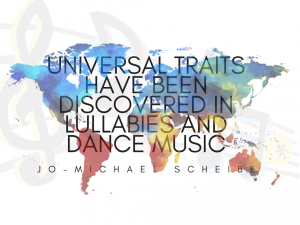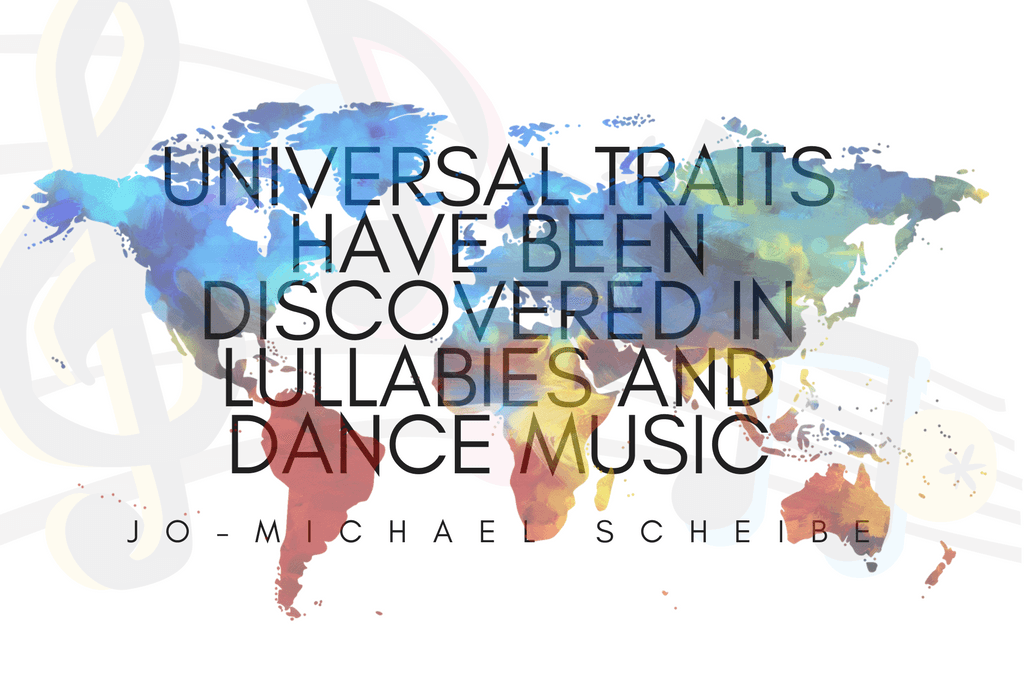 According to a new study published in Current Biology, dance songs and lullabies from around the globe can be identified by most.
According to a new study published in Current Biology, dance songs and lullabies from around the globe can be identified by most.
Could people guess what songs are for used for dance or soothing a child by their sound alone, without any knowledge about their cultural context?
In many ways, yes. Without cultural context or geographical indication, the public could identify dance songs and lullabies, but had trouble distinguishing love songs and healing songs produced in non-Western nations.
“What that suggests is that lullabies, dance songs, and, to a lesser extent, healing songs, share enough features across cultures to be universal features of human behavior,” said Samuel Mehr, an author on the new study, according to the Smithsonian. “You don’t need to know anything about a particular culture to be able to make some really interesting and accurate inferences about their music.”
Every culture has a distinct sound, but music can be universal. It seems that dormant patterns, tucked beneath the rhythm, can be recognized, according to some researchers, although evidence for universal features seems to be lacking.
According to the surveys, approximately half of music scholars and 30 percent of ethnomusicologists were able to identify a song’s function by listening to it. However, approximately 70 percent of cognitive scientist were dubious, believing that the obviousness of the commonalities may not be true. They suggested that biased perspectives feed the notion that there something may be true across culture. Researchers looked at a large sample base, analyzing songs from different locations.
Past studies hoped to examine the browse same subject, but those limited studies didn’t represent the music from around the world. Approximately 118 recordings from 86 small, isolated societies were looked to when analyzing specific characteristics of rhythm and pitch were identified for the new study.
“It’s a very thorough and important [study],” says Pat Savage, a musicologist at the Tokyo University of the Arts, according to The Atlantic. “It gets us a little closer to answering the really important and controversial questions of whether there’s anything universal about beauty or meaning in music, and why music evolved—a question that has intrigued scientists since Darwin.”
About 750 English speakers from 60 countries reviewed sample songs composed to heal an illness, mourn the dead, tell a story, and soothe a baby during an initial experiment. During a second experiment, a different set of online listeners were used to explore how the characteristics of a song might influence listener’s’ decisions. Those listeners found that lullabies sound sadder and simpler, and dancing songs were faster, more complex, and upbeat.
Both context and musical features revealed the purpose of a song, though neither could fully explain the ranking in the first experiment. Instead, something else tipped off listeners. The University of Toronto and others experimented with lullabies in the past, attempting to solve the question of the universal nature of lullabies. Experiments will be repeated with non-English speakers and small-scale societies to better analyze the music and the artificial intelligence techniques used to craft the music. The ongoing study hopes to pinpoint the evolutionary origin of music.
Certain researchers have hypothesized that lullabies are the most primitive form of music, and likely evolved form parent-offspring interactions. Something deep, fundamental, and pronounced can be found in both lullabies and dance songs.

